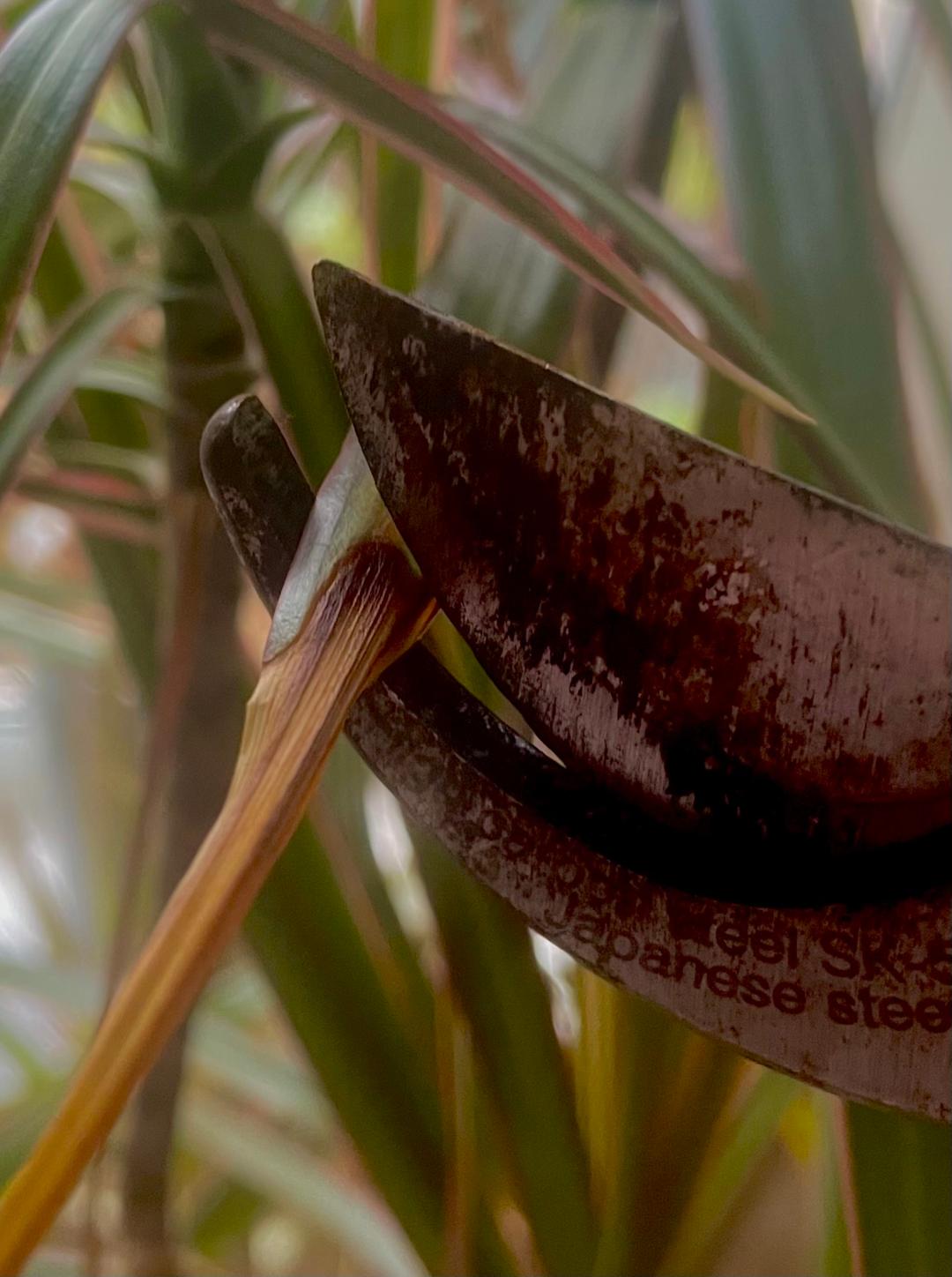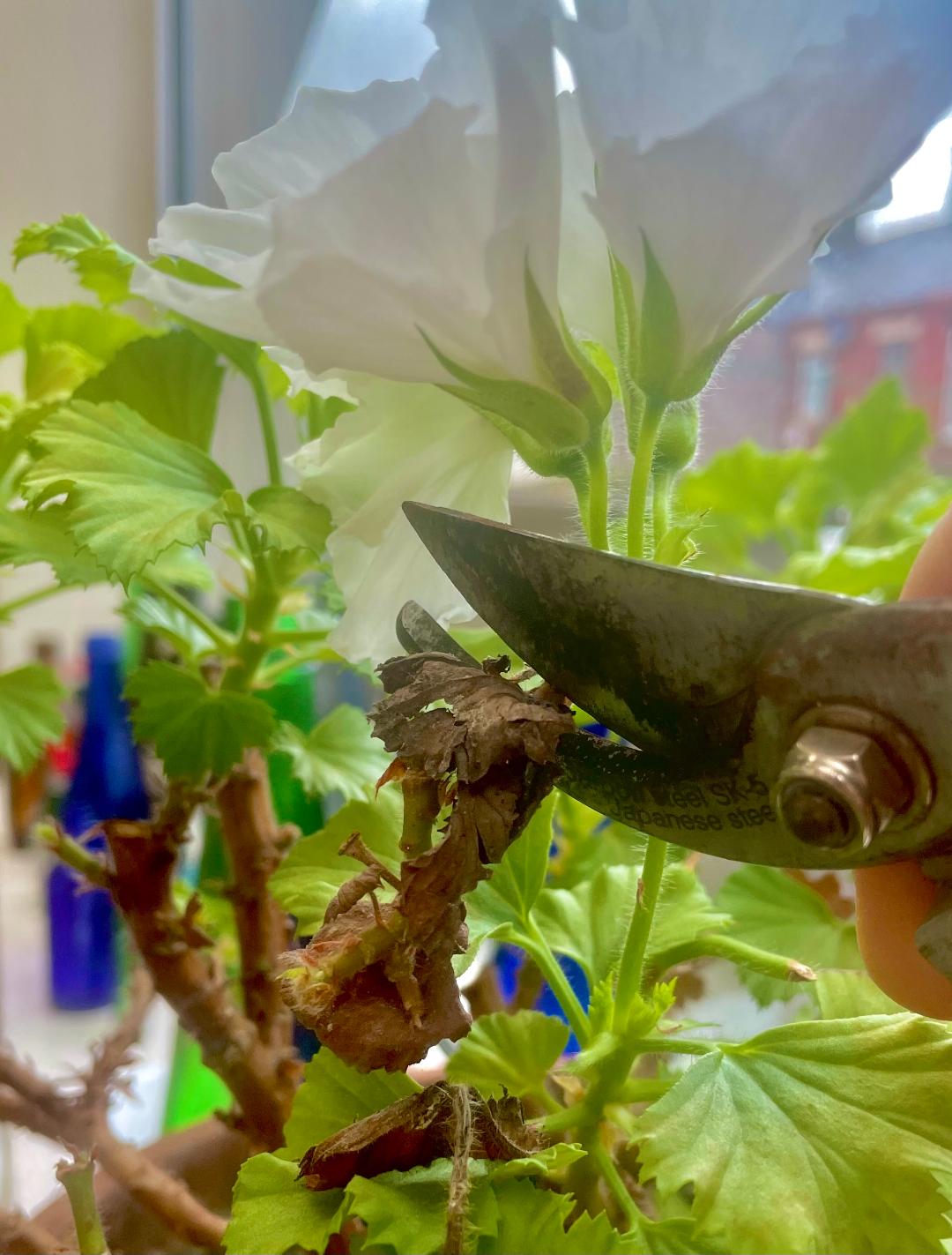Just like people, cooped up indoor plants can use a midwinter break
Published 5:30 am Sunday, January 22, 2023
|
Getting your Trinity Audio player ready...
|
Just like people, cooped up indoor plants can use a midwinter break. But unlike humans’ Seasonal Affective Disorder, tropical plants have their own brand of misery and can’t just waltz out the door for a stretch in the sunshine.
The other day I shuffled my moribund-looking housebound plants, mostly small pots of succulents and heirloom favs but also some back-straining larger ones, outside to get perked up with a dose of gentle winter solar radiation, a breath of humid fresh air, and a good top-to-bottom rinsing. And a thorough raking to get rid of the Autumn leaves I missed when the plants got thrown indoors willy-nilly right before that first frost.
Some of the taller plants, including an old ribbon Dracaena and Big Jim, a rubber tree I have dragged around for nearly half a century, were leggy, so I whacked some of their limbs into shorter, bare stobs that will sprout out in a few weeks, just in time to go back outdoors for good.
A lot of once-healthy foliage, unable to adapt to indoors conditions during the fall migration indoors, was wilted, spotted, or still shedding. Not much can be done to prevent this, other than hard pruning to put them out of their misery more quickly, so I just pluck off and compost what looks the worst.
Some folks falsely blame burnt leaf tips on city water treated with chlorine or chloramine, which is proven to not be a thing; however, over time fluoride, which can’t be boiled out, can accumulate in and can burn leaf tips, especially in sensitive plants like Dracaeanas (ribbon and corn plants) and spider or airplane plants. The solution is simple: In the spring, flush potting soils with several waterings, occasionally use rain water (mine get plenty outside most of the year), repot every two or three years, and simply snip off the burnt leaf tips.
Truthfully, the most common causes of leaf burn are overwatering, underwatering, and low humidity aggravated by heater/AC drafts which dry tropical leaf tips out faster than the moisture can be replaced. And no, misting doesn’t help beyond the few minutes of it evaporating. What I do is push plants together with smaller pots set atop the soil of bigger ones to create a humid mini-jungle; if you hold a candle nearby you can tell if a draft is so strong it needs blocking or redirecting.
Because potted plants are so beautiful and beneficial to us mentally, I dislike bearing negative news; however, after extensive research, we now know that they really don’t clean the air of toxins. That myth started as a windfall marketing ploy seized by potted plant professionals, based on narrow research done on plants grown in tiny airtight boxes in which concentrated gases were introduced. Sure, potting soil, as it is watered and dries, can act a bit like a tiny charcoal filter, and leaves do accumulate dust which can be washed off occasionally, but… nope. In normal houses and offices with open doors, and air conditioning constantly circulating air, there is zero measurable toxin reduction from the use of potted plants. Sorry, but really.
Finally, I check my plants to see if they need spraying for spider mites, whiteflies, or scale insects, all which thrive indoors. As for those harmless but annoying little “fungus gnats” whose larvae feed on potting soil, just let soil get a bit drier between soakings, and use mulch.
So get your plants out in the sun and humidity, clean them up, give them a good soaking. It’ll do both the plants and you some midwinter good.
Felder Rushing is a Mississippi author, columnist, and host of the “Gestalt Gardener” on MPB Think Radio. Email gardening questions to rushingfelder@yahoo.com.



